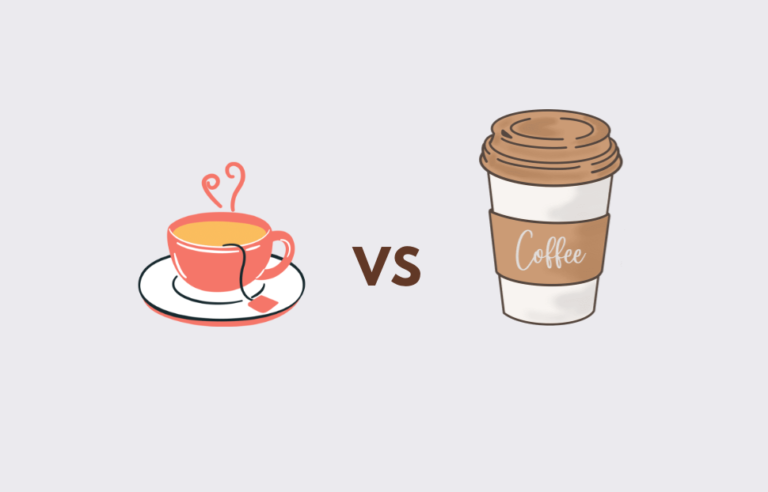
This post may contain affiliate links. As an Amazon Associate and a partner of other brands, I get a small commission if you purchase through my links, at no extra cost from you.
Are you a caffeine lover always in search of your next energy boost? You will be wondering which roast has the most caffeine, right? Let’s check it out!
If so, then evaluating coffee roast levels might be the key to getting just the jolt you need. Different coffee roasts contain varying amounts of caffeine, and many people wonder which ones actually bring the most bang for their buck.
In this blog post, we’ll weigh up three popular coffee roasts in a “caffeine showdown” – light roast vs medium roast vs dark roast – to see which one provides the highest levels of energising goodness!
Which Roast Has the Most Caffeine?
Coffee is the second most traded commodity in the world and the preferred beverage by millions of people globally. Whether you are a coffee fanatic or a casual coffee drinker, you may have wondered which roast has the most caffeine. It’s not surprising to see that there is often a debate among coffee enthusiasts about which roast is the best.
First, let’s briefly talk about the three main types of coffee roasts: light, medium, and dark roasts. The roasting process is what gives coffee its unique flavor and aroma. Light roasts are roasted for a shorter period with a light brown color, and they tend to have a higher acidity with a mild flavor.
Medium roasts are medium brown with a balanced acidity, body, and flavor. While dark roasts have a dark brown color and a pronounced bitterness with a caramel-like flavor.
When it comes to coffee caffeine content, we often hear that dark roasts have the most caffeine because they have a stronger taste. However, this is not always the case. According to a study by the Journal of Analytical Toxicology, light roasts have more caffeine than dark roasts. During the roasting process, the longer the coffee is roasted, the more caffeine is burned off.
Therefore, the lighter the roast, the higher the caffeine content. It is essential to note that the difference in caffeine content is not significantly high among the roasts, and it varies depending on the type of coffee bean and the brewing method.
The caffeine content of a cup of coffee depends on the serving size, brewing method, and the type of coffee bean used. For example, a shot of espresso has a higher concentration of caffeine than a cup of drip coffee, but a cup of drip coffee has more caffeine overall than a shot of espresso.
It’s also worth noting that Robusta coffee beans contain more caffeine than Arabica beans. Robusta beans have a strong, bitter taste and are commonly used in instant coffee.
The caffeine content of coffee can also be affected by the water temperature and brewing time. Hotter water extracts more caffeine from the coffee, and longer brewing time results in more caffeine, but it also means stronger coffee.
So, if you want to know which roast has the most caffeine, you also need to consider the brewing method, temperature, and brewing time.
Here are the strongest coffee roasts
1. Copper Moon Whole Bean Coffee
In this price this is the best product in combination with the reviews!
2. Lavazza Intenso Ground Coffee Blend
You know this brand? Of course you do! All of us coffee lovers, this product has its own seat in our coffee corner!
3. Illy Classico Espresso Ground Coffee
Freshly brewed perfection: Finely ground to provide optimal extraction with Espresso machines that take ground, tamped coffee!
Factors Affecting Caffeine Content And Health Benefits And Risks Of Caffeine Consumption
Caffeine is a commonly consumed substance that has both benefits and risks. The caffeine content of products can vary greatly depending on several factors, including the type of product, brewing method, and the amount consumed.
Additionally, the health benefits of caffeine are well-documented, with studies showing improved alertness, cognitive function, and athletic performance.
There are also potential risks associated with caffeine consumption, such as sleep disturbances, anxiety, and addiction.
As an expert in the field, it is important to educate others about the factors affecting caffeine content and the potential benefits and risks of caffeine consumption in order to make informed decisions about their own consumption habits.
Conclusion
Light roasts have more caffeine content than dark roasts, but the difference in caffeine content is not significant.
The amount of caffeine in coffee depends on multiple factors like the brewing method, serving size, type of coffee bean, water temperature, and brewing time. Ultimately, it’s up to individual preference, taste, and tolerance to caffeine.
So, whether you prefer a light or dark roast or a cup of espresso over drip coffee, the caffeine content is not the only factor to consider when choosing your cup of coffee.

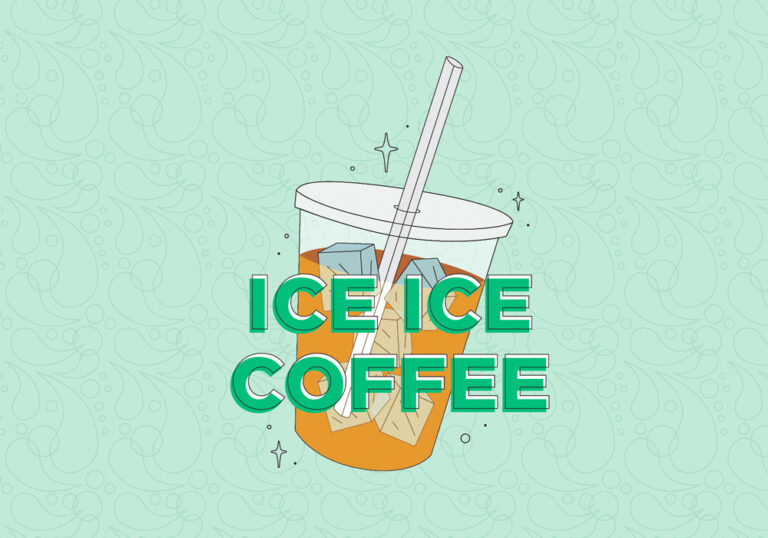
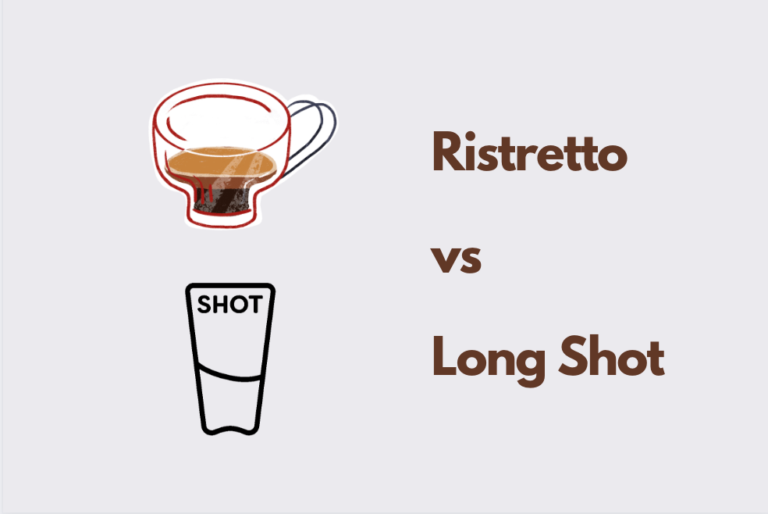
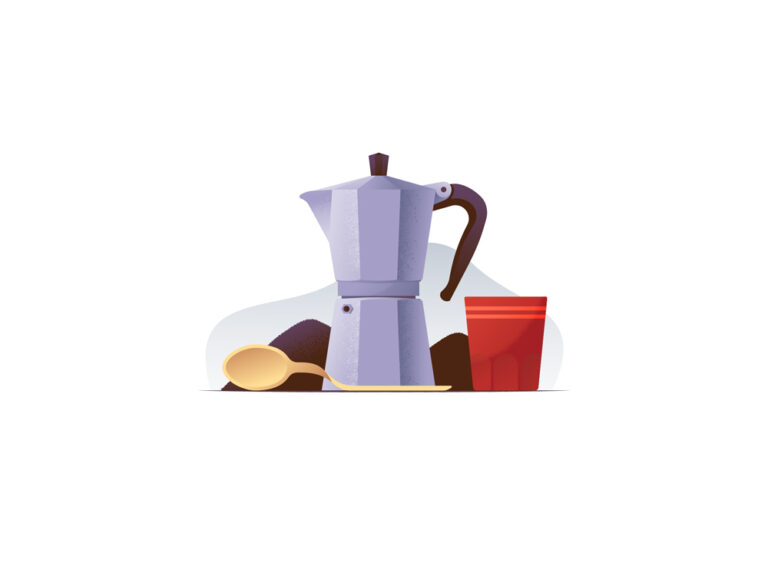
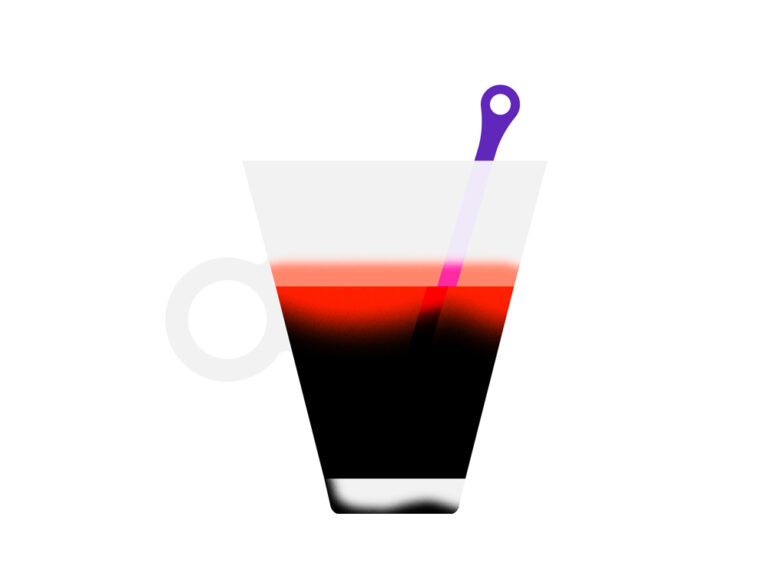
![Does Coffee Have Carbs | Will It Ruin Your Diet? [2023]](https://noisycoffee.com/wp-content/uploads/2021/10/does-coffee-have-carbs-768x576.jpg)
